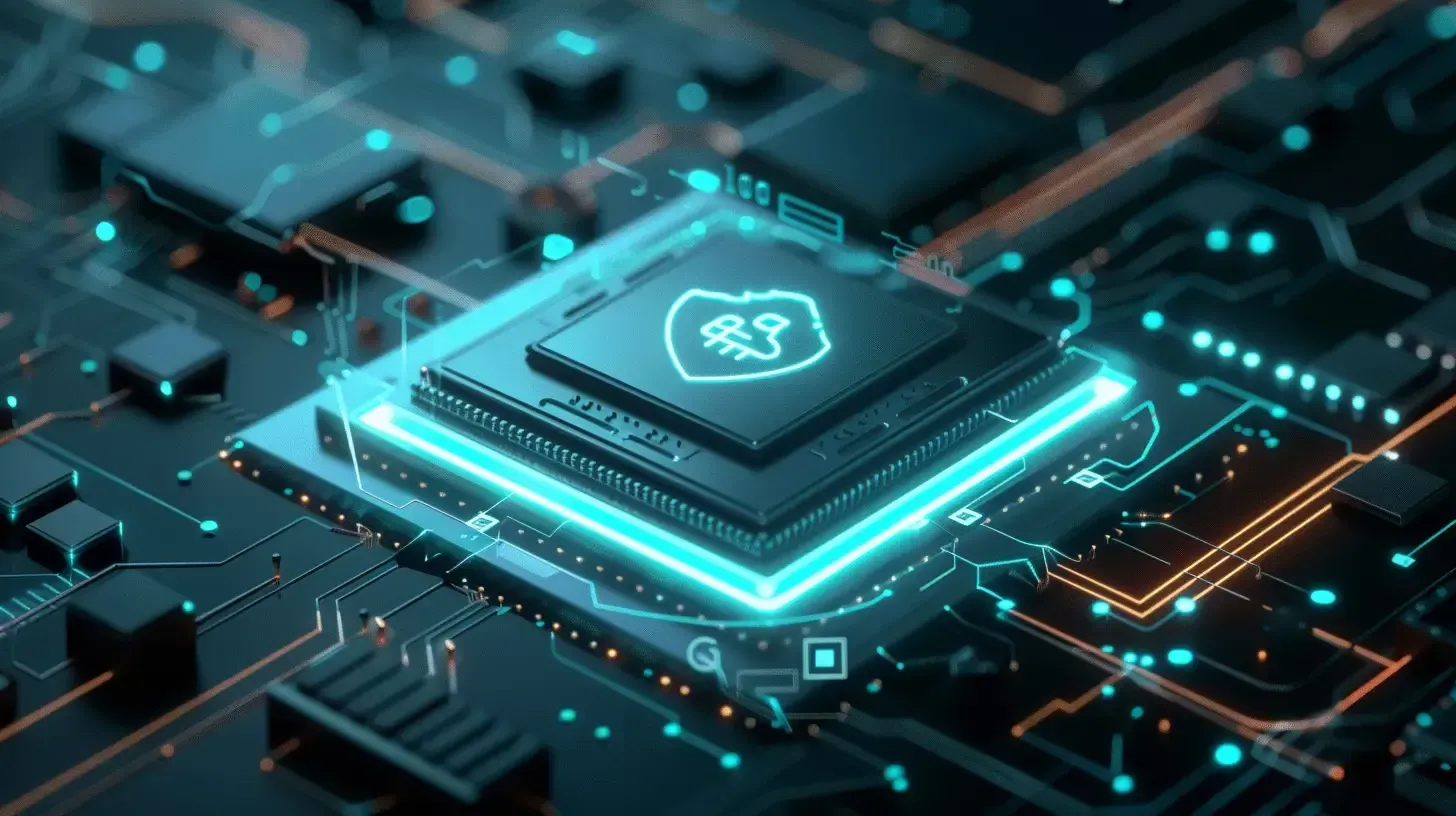Quantum-Safe Cryptography: Preparing Your Blockchain for Tomorrow
Quantum computing promises to accelerate scientific discovery and solve problems once thought intractable—but it also threatens the cryptographic foundations of today’s blockchain networks. Widely used algorithms such as ECDSA (Elliptic Curve Digital Signature Algorithm) and RSA could be broken by sufficiently powerful quantum computers, putting digital assets, smart contracts, and user identities at risk. Forward-looking projects must begin integrating post-quantum (PQ) cryptography now to safeguard tomorrow’s decentralized ecosystem.
The Quantum Threat to Classical Cryptography
Classical public-key schemes rely on the difficulty of integer factorization (RSA) or discrete logarithms on elliptic curves (ECDSA). Shor’s algorithm, when run on a large-scale fault-tolerant quantum computer, can solve these problems exponentially faster than any classical algorithm. While practical quantum hardware capable of breaking 256-bit ECC isn’t here today, experts estimate it could arrive within the next decade—well inside the operating lifetime of many blockchains.
Post-Quantum Algorithms: Building the New Foundation
Post-quantum cryptography encompasses a family of algorithms believed to resist quantum attacks. The National Institute of Standards and Technology (NIST) has recently standardized several:
- CRYSTALS-Kyber for key encapsulation (encryption)
- CRYSTALS-Dilithium and Falcon for digital signatures
- SPHINCS+ for stateless hash-based signatures
These schemes rely on lattice problems or hash-based constructions that currently appear intractable for both classical and quantum adversaries.
Roadmap to Quantum-Safe Blockchain
- Hybrid Signatures
Immediately adopt a dual-signing approach: combine your existing ECDSA or Ed25519 signature with a PQ signature (e.g., Dilithium). This guards assets under both classical and quantum-safe protections. - Upgrade Smart-Contract Standards
Define new transaction and contract interfaces that accept larger PQ public keys and signatures. Ensure backward compatibility by versioning APIs. - Key Management & Wallet Support
Extend wallet software to generate, store, and rotate PQ key pairs securely. Incorporate hardware enhancements (e.g., secure elements) as device ecosystems evolve. - Consensus Layer Adaptations
For proof-of-stake or governance systems, verify PQ signatures in block validation logic. Benchmark performance impacts and tune batch verification to optimize throughput. - Community Coordination
Work with node operators, validators, and developer communities to schedule hard forks or soft upgrades. Provide migration tools that scan existing on-chain keys and uplift them to PQ hybrids.
Challenges and Mitigations
- Signature Size and Performance
PQ signatures are larger than classical signatures, increasing transaction size. Mitigate by using compact schemes (CRYSTALS-Dilithium Level II) and optimizing serialization formats. - Standard Maturity
While NIST standards are emerging, some schemes may be updated. Design your architecture to support multiple PQ options and future swaps. - Ecosystem Readiness
Hardware wallets, block explorers, and SDKs need updates. Offer clear migration guides and reference implementations to ease adoption.
Future-Proofing Your Blockchain Project
By treating quantum resistance as a first-class requirement today, you avoid costly emergency upgrades later—when quantum-capable adversaries may already be probing chain security. Early adopters gain reputational advantage, attracting security-conscious users and partners who value longevity and robustness.
Secure Your Network with Consensus Labs
Our blockchain experts can design and implement PQ-ready infrastructures, from hybrid-signature protocols to wallet integrations and fork coordination. Let’s future-proof your blockchain against the quantum era. Reach out at hello@consensuslabs.ch.

